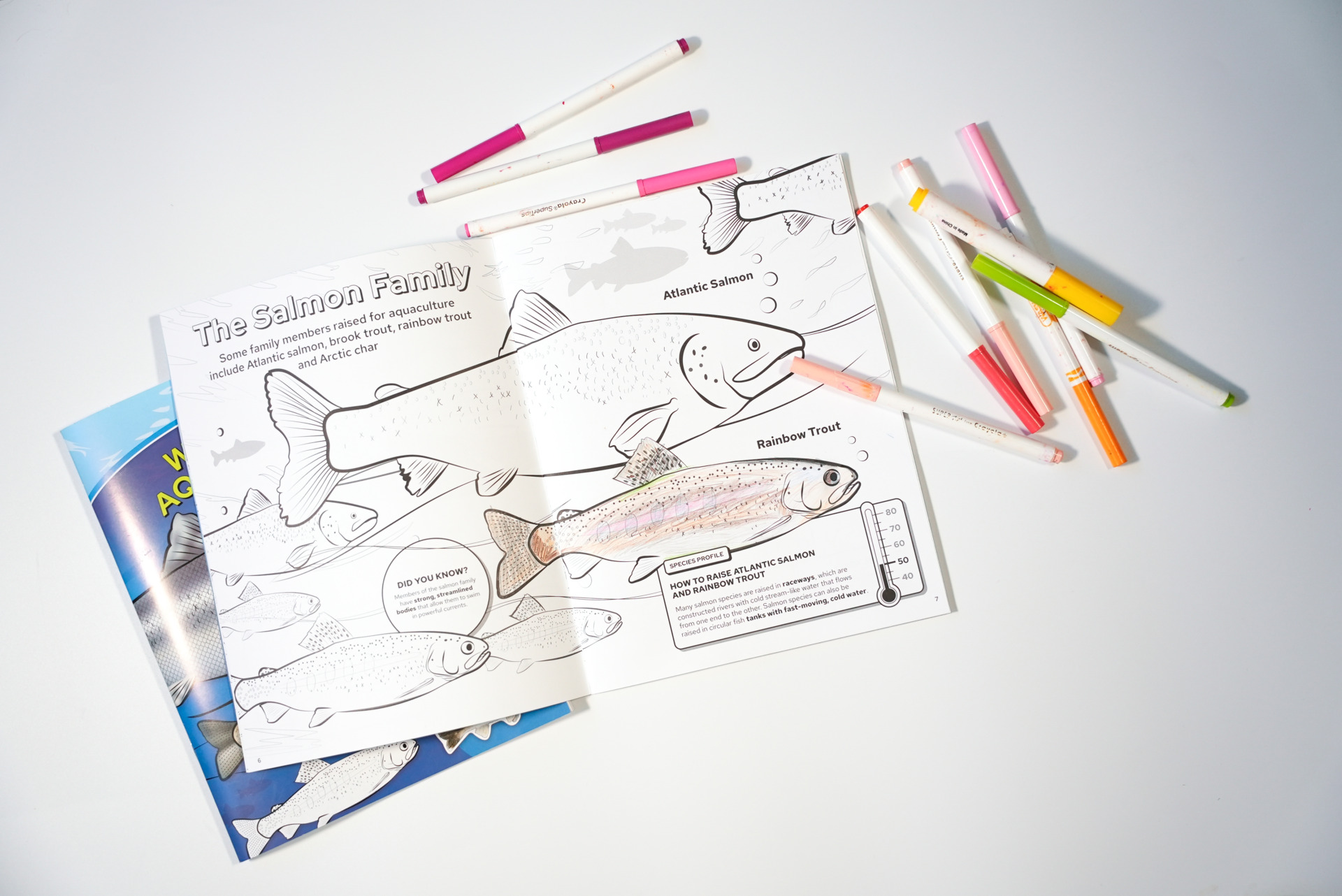An environmental food web is an intricate, organic and delicate thing. Eliminate a strand here or introduce a new strand there, and the entire structure can collapse.
That’s why researchers have paid such close attention to the food webs in Lake Michigan, where the recent and pervasive appearance of several aquatic invasive species has threatened to upset the natural balance.
Harvey Bootsma and John Janssen, a pair of Wisconsin Sea grant-funded professors at the University of Wisconsin-Milwaukee’s School of Freshwater Science, have trained their sights on the waters close to shore.
“A lot of our work has focused on what role round gobies may be playing,” said Bootsma. ”Up until now, the near shore has been neglected. From what we’re seeing, there are some unique things going on. We’ve had a lot of changes in the last five years.”
He’s referring to a massive influx of round gobies, one of several aquatic invasive species that have set up shop in Lake Michigan’s waters. In the case of the goby, the impact seems tied to strength of numbers; in short, they’re legion. And they eat copiously.
“When we dive to do our research, there will be at least a hundred swimming around us, watching us work,” said Bootsma. “Numerically, they’re clearly dominant in the nearshore zone.”
Bootsma and Janssen are performing their research in conjunction with similar research teams in Indiana and Illinois, to see if conditions in one state are being replicated in others. Since May 2010, Bootsma and Janssen have been visiting two specific sites in the Wisconsin nearshore waters of Lake Michigan. One is sandy and the other rocky, and at each site they are sampling from three different depths.
Existing research suggests that one of the round goby’s preferred entrees is the quagga mussel, which is not the first case of one aquatic invasive species noshing on another.
However, Bootsma and Jansen’s research is revealing that round gobies don’t actually feed on quagga mussels until they grow larger—between two to four inches long. By conducting a chemical analysis of stable isotopes and fatty acids found in the gobies’ body tissue, they’re able to determine what the gobies are really eating.
“The mussels are actually a side dish,” said Bootsma. “Most gobies, and especially the younger ones, are actually subsisting on other types of food.”
Those other types include oligochaetes and chironomids, tiny benthic organisms that live in the Cladophora algae that have come to clog the shallow shorelines of Lake Michigan.
Bootsma and Janssen’s work suggests that Cladophora may not be as much of a food-web “dead end,” as they once thought. The question then becomes whether the round gobies’ trips to the invertebrates section of the Cladophorabuffet are, in effect, swiping sustenance from other nearshore fish, including yellow perch and spot-tail shiner. It’s also unclear whether other Lake Michigan species like trout and salmon may be able to use the plentiful gobies as a food source to replace offshore food web components that have been affected by other invaders.
“We know that lake trout and brown trout are eating lots of round gobies,” says Janssen. “But we also know that the more pelagic species, like Chinooks, cohos and steelhead are not.”
After spending months analyzing data collected from hundreds of samples, Bootsma and Janssen (as well as the research teams in Indiana and Illinois) are ready to head back out onto Lake Michigan and begin examining other sites, to see if what they’ve found so far is also occurring in other nearshore regions.
“We’re interested in learning if the patterns around Milwaukee County are typical of the whole lake,” explained Bootsma.
If they are, their work could help to determine how the carrying capacity of Lake Michigan may have changed, which would affect decisions related to fish stocking and nutrient management. Stay tuned.





